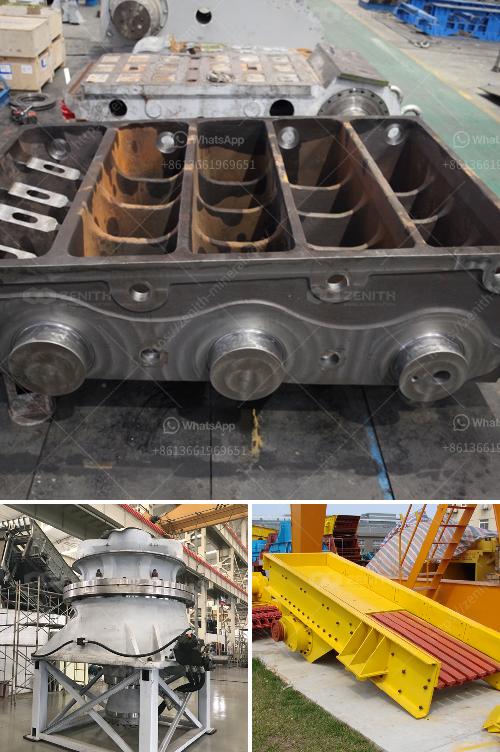Motorizing a small conveyor belt involves several steps and considerations to ensure that the system operates efficiently and safely. Below, I will outline the detailed process, including the necessary components, steps, and considerations for motorizing a small conveyor belt.
Components Needed
- Conveyor Belt: The actual belt that will carry the items. It can be made of various materials such as rubber, PVC, or fabric.
- Motor: An electric motor to drive the conveyor belt. The type of motor (AC or DC) will depend on your power source and requirements.
- Motor Controller: A device to control the speed and direction of the motor.
- Power Supply: A suitable power source for the motor and controller.
- Pulleys: To guide and support the belt. Typically, you need at least two pulleys: a drive pulley connected to the motor and an idler pulley.
- Frame: A structure to support the conveyor belt and components.
- Bearings: To reduce friction and support the rotating shafts.
- Shafts: To connect the pulleys and motor.
- Mounting Hardware: Bolts, nuts, and brackets to assemble the components.
Steps to Motorize the Conveyor Belt
-
Design the Conveyor System:
- Determine the length, width, and material of the conveyor belt.
- Calculate the load capacity and speed requirements.
- Design the frame to support the belt and components.
-
Select the Motor:
- Choose a motor with appropriate power and torque based on the load and speed requirements.
- Decide between an AC or DC motor. DC motors are often preferred for small conveyor belts due to their ease of speed control.
-
Install the Pulleys and Shafts:
- Mount the drive pulley on the shaft connected to the motor.
- Mount the idler pulley on the opposite end of the conveyor.
- Ensure the pulleys are aligned and the belt tension is adjustable.
-
Mount the Motor:
- Secure the motor to the frame using mounting brackets.
- Connect the motor shaft to the drive pulley using a coupling or belt.
-
Install the Motor Controller:
- Connect the motor to the motor controller.
- Ensure the controller is compatible with the motor and power supply.
- Configure the controller settings for speed and direction control.
-
Connect the Power Supply:
- Connect the power supply to the motor controller.
- Ensure the power supply provides the correct voltage and current for the motor and controller.
-
Assemble the Conveyor Belt:
- Place the belt over the pulleys.
- Adjust the tension to ensure smooth operation without slipping.
-
Test the System:
- Power on the motor and controller.
- Test the conveyor belt at different speeds and loads.
- Make any necessary adjustments to the tension, alignment, or controller settings.
Considerations
- Safety: Ensure all moving parts are properly guarded to prevent accidents.
- Maintenance: Regularly inspect the belt, pulleys, and motor for wear and tear.
- Efficiency: Optimize the motor and controller settings for energy efficiency.
- Environment: Consider the operating environment (e.g., temperature, humidity) and choose components that can withstand these conditions.
Example Code (if requested)
If you need to control the motor using a microcontroller like an Arduino, you might write code to control the speed and direction of the motor. Here is an example of how you might do that:
#include <Arduino.h>
const int motorPin = 9; // PWM pin connected to motor controller
const int dirPin = 8; // Direction pin connected to motor controller
void setup() {
pinMode(motorPin, OUTPUT);
pinMode(dirPin, OUTPUT);
}
void loop() {
// Set motor direction
digitalWrite(dirPin, HIGH);
// Set motor speed (0-255)
analogWrite(motorPin, 128);
delay(5000); // Run for 5 seconds
// Stop the motor
analogWrite(motorPin, 0);
delay(2000); // Wait for 2 seconds
// Change direction
digitalWrite(dirPin, LOW);
// Set motor speed (0-255)
analogWrite(motorPin, 128);
delay(5000); // Run for 5 seconds
// Stop the motor
analogWrite(motorPin, 0);
delay(2000); // Wait for 2 seconds
}
This code sets up an Arduino to control a motor's speed and direction using PWM (Pulse Width Modulation) and a direction pin. Adjust the pin numbers and speed values as needed for your specific setup.
By following these steps and considerations, you can successfully motorize a small conveyor belt for various applications.

